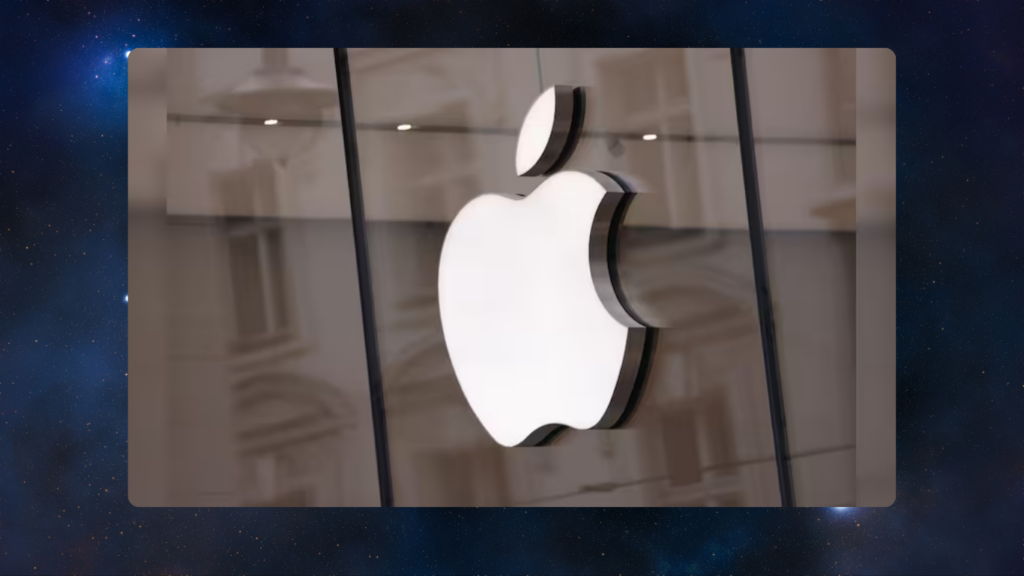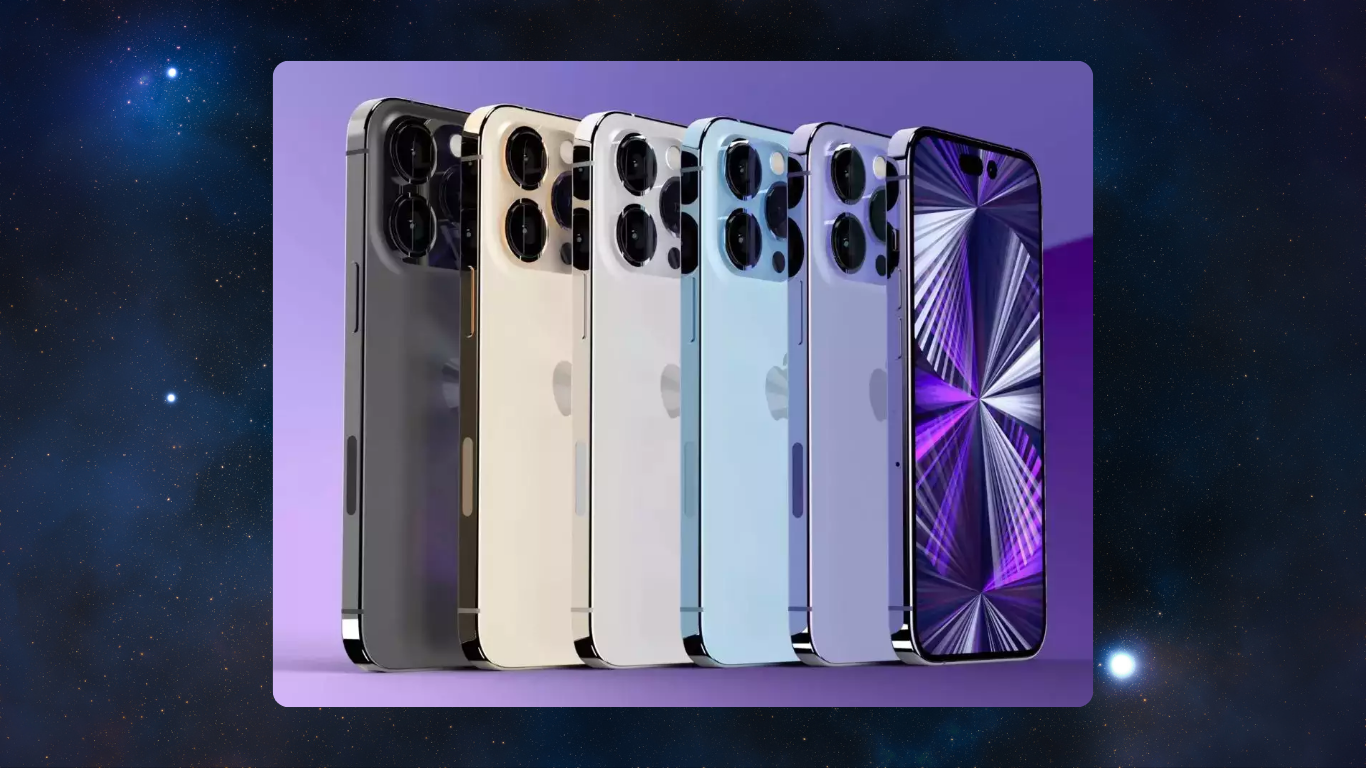In a move that’s been coming for a while, Apple has officially removed the iPhone 14, iPhone 14 Plus, and third-generation iPhone SE from its online stores across most European Union (EU) countries. The reason? A new EU rule requires all smartphones sold after December 28 to include a USB-C port for wired charging, and these older models still rely on Apple’s Lightning connector.
What’s Happening?

As of today, these devices are no longer available on Apple’s online stores in major EU countries like France, Germany, Spain, and Sweden. Even non-EU countries such as Switzerland and Norway, which follow EU single-market rules, have seen the models pulled from digital shelves.
But don’t expect to spot these models in stores for much longer either. Any remaining stock at physical Apple Stores and authorized resellers is expected to vanish quickly as inventory runs out.
Why Is This Happening Now?
The new EU regulation is designed to make life easier for consumers and reduce electronic waste. By standardizing USB-C as the go-to charging port, it ensures that people can charge their devices with a single cable. Apple, known for its proprietary Lightning connector, started transitioning with its iPhone 15 lineup, which already complies with the rule.
Interestingly, the regulation applies retroactively to individual units of older models if they’re sold after December 28. So, even unsold inventory of the iPhone 14, 14 Plus, and SE falls under this mandate.
What About the UK?
If you’re in the UK, you won’t be affected—well, unless you live in Northern Ireland. While the UK no longer follows EU rules, Northern Ireland still does under the Northern Ireland Protocol.
What’s Next for Apple?
The removal of the iPhone 14 and 14 Plus might feel abrupt, but these models were already on track to be discontinued globally by September 2024. The EU’s USB-C regulation simply pushed up the timeline by about nine months.
The iPhone SE, on the other hand, is expected to make a quick comeback. Rumors suggest that Apple is planning to launch a fourth-generation iPhone SE with a USB-C port as early as March 2025. This updated model should bring the popular budget option back into the EU market.
What Does This Mean for Apple Fans?
For Apple enthusiasts, this phase-out is a clear sign of how regional laws can influence global product decisions. The EU’s push for standardization and sustainability is forcing tech companies to adapt, and Apple is no exception.
Still, it’s not all bad news. Apple has long been a trailblazer in design and innovation, and the transition to USB-C reflects its ability to align with evolving standards while continuing to lead the market.
The shift was first reported by French tech site iGeneration, and Apple’s proactive approach shows its commitment to ensuring compliance without disrupting its product ecosystem.
As the tech landscape evolves, one thing remains certain: Apple will keep finding ways to innovate and deliver products that meet both regulatory standards and customer expectations.

Subtly charming pop culture geek. Amateur analyst. Freelance tv buff. Coffee lover
